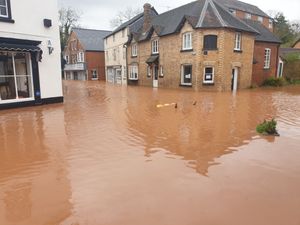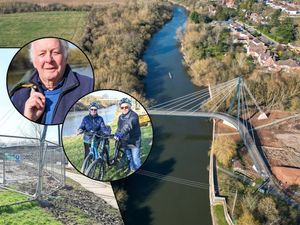In pictures: Northern Lights visible in skies over Shropshire
The northern lights illuminated the skies above Shropshire on Sunday night with the Met Office confirming sightings spread across the UK.
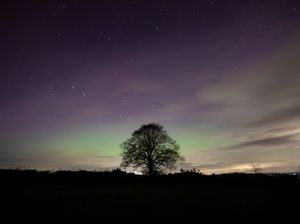
Forecasters said sightings were reported across some central and eastern parts of England.
The best chance of seeing the aurora borealis was in Scotland but some people managed to snap images of the beautiful colours in the skies above our county.
Shropshire Fire and Rescue station manager Craig Jackson captured the below images above Shifnal and posted them with the message: "It’s not just the fireworks lighting up the sky in Shropshire this evening!"


Jono Kimber captured the below two images above Ellesmere.
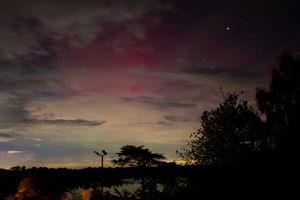
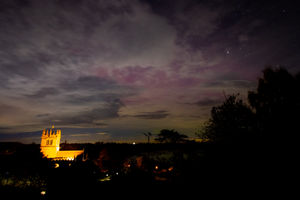
Mark Jones took the below photographs from Wilbrighton Hill near Gnosall.

@eddequincey published the below image on X, formerly Twitter, taken over Newport.
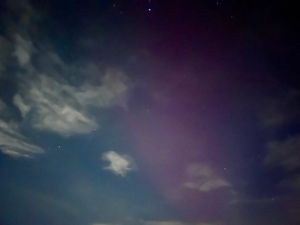
And Alex Murison published this particularly spectacular image, taken just outside of Highley, on social media, saying: "My kind of firework display. Catching those reds and greens of the Aurora Borealis over Shropshire."
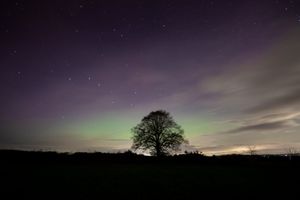
Professor Don Pollacco, department of physics at the University of Warwick, said the phenomenon was caused by “the interaction of particles coming from the sun, the solar wind, with the Earth’s atmosphere – channelled to the polar regions by the Earth’s magnetic field.
“It’s actually a bit like iron filings and the field of a bar magnetic.
“The solar wind contains more particles when there are sun spots, as these are regions on the sun’s surface where the magnetic field is interacting with the plasma in the sun, and the particles can be released.
“Once the particles are channelled into the Earth’s atmosphere they interact with molecules and have distinctive colours (eg oxygen molecules produce green light, nitrogen red light etc) and patterns such as light emissions that look like curtains or spotlights.
“These shapes change quickly over timescales of minutes/seconds.”
*Send your photos of the Northern Lights to digital@shropshirestar.co.uk.


